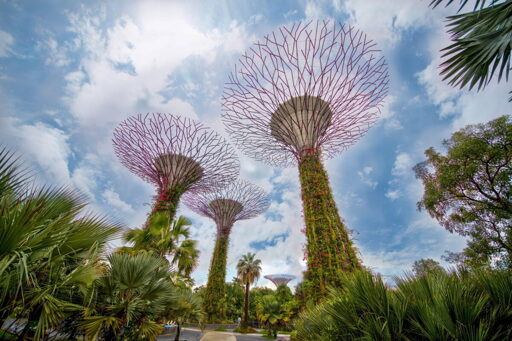Singapore has come a long way since the 1880s, when only roughly 7% of its native forests remained. Since the 1960s, when the city-state gained independence, it has implemented a number of urban regreening initiatives, and today, nearly 47% of the city is considered green space, providing numerous benefits to human residents and wildlife, like heat mitigation, freshwater conservation and cleanliness, carbon sequestration, coastal climate adaptation, biodiversity protection, and public enjoyment. To discuss his city’s regreening efforts — from the philosophical to the practical applications of methods and mindset shifts that have allowed the city to revitalize its urban wildlife interface — Anuj Jain, director and principal ecologist at the biomimicry consultancy bioSEA and an adviser to BirdLife International, joins Mongabay’s latest podcast. “ Through the greening initiatives in Singapore, it’s attracted a lot of species, many of which actually had declined before, some even had gone extinct, or locally extinct,” Jain says. Government initiatives such as the Landscaping for Urban Spaces and High-Rises (LUSH) have contributed, he says, mandating “100% replacement of greenery for buildings in some districts in Singapore.” There’s also the Landscape Excellence Assessment Framework (LEAF), a certification that “incentivizes spontaneous vegetation and biodiversity in landscape design.” While Singapore’s efforts are by no means perfect, the results are hard to ignore, and provide a workable concept that cities across the globe can learn from — especially those currently struggling with climate impacts, air pollution, stressed residents, or housing affordability. Still, even in Singapore, work remains to be done…This article was originally published on Mongabay
From Conservation news via this RSS feed


